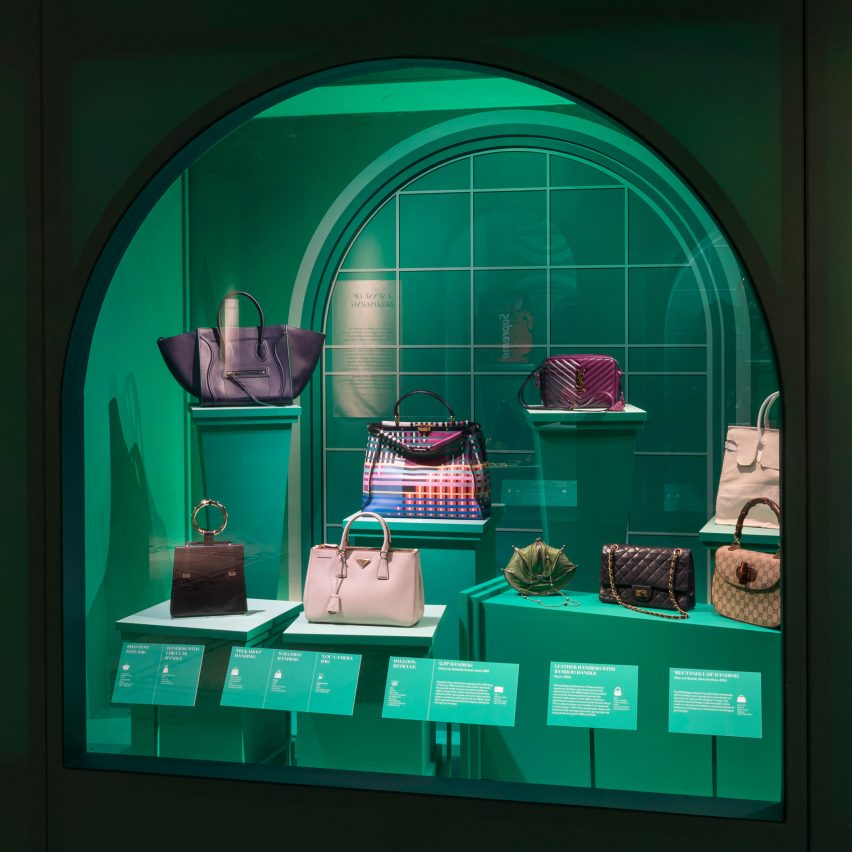
The 19th-century equivalent of an activist’s slogan tote and a portmanteau made from repurposed fire hoses feature in this roundup of V&A curator Lucia Savi’s favourite pieces from the Bags: Inside Out exhibition.
On show at London’s Victoria and Albert Museum until September of next year, the exhibition traces the evolution of bags from the 16th century to the present day.
Over three distinct sections and nearly 300 exhibits, it explores the different functions that these carriers can serve, the ways they can communicate status and identity as well as the craftsmanship that goes into their making.
Along the way, designs by luxury fashion houses rub shoulders with personal items belonging to historical figures such as Winston Churchill and artefacts sourced everywhere from Pakistan to Burma.
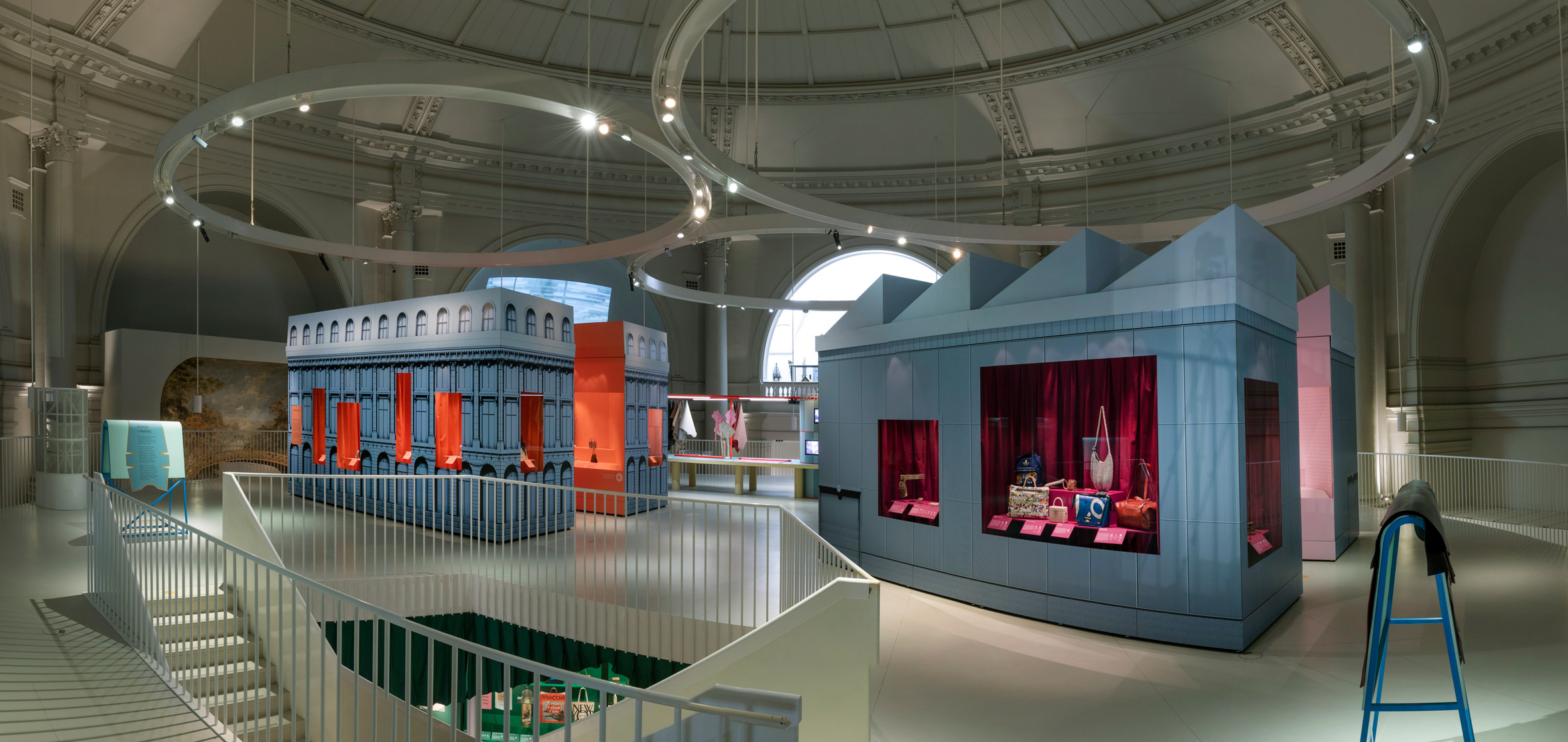
“If you think about it, bags are everywhere. Men, women, children – everybody wears them and uses them on an everyday basis,” Savi told Dezeen.
“We can’t even pinpoint when the first bag in history was made or used because it’s such a functional object that was useful for so many reasons – to travel from A to B, to transport personal belongings.”
“But they can also be status symbols and carry meaning or memories. In the fashion business today, bags are often the biggest revenue drivers,” she continued. “The exhibition sets out to investigate what makes this object so special, so coveted and so multi-layered.”
According to Savi, a key factor in this is the fact that bags allow their wearer to present themselves to the world while simultaneously revealing who they really are on the inside.
“I think this is at the core of what bags are – they’re functional, they have meaning but they’re very private. We carry our most personal belongings in our bags and not everybody wants to open theirs and show off the contents,” she said.
“At the same time, we carry them physically on the body, we’re commuting, were travelling. So there are these dichotomies between inside and outside, private and public.”
This is evidenced by the millions of view racked up by “What’s in my bag” videos on YouTube and translated into the design of the exhibition itself, which is courtesy of London architecture practice Studio Mutt.
The ground floor of the V&A’s Gallery 40 is transformed to resemble the inside of a bag, with fabric partitions acting like the lining and dividing the space into small, intimate “pockets”. Here, the exhibits are displayed largely on their own, cracked open to reveal their vulnerable insides, while on the upstairs mezzanine the bags are showcased on mannequins, to suggest their public, outward-facing role.
Bags: Inside Out opened its door earlier this month after being delayed twice due to coronavirus lockdowns and only a few days before Tier 3 restrictions were once again imposed on London.
As a result, the museum is currently closed, so we have enlisted Savi to share her personal highlights from the show below:
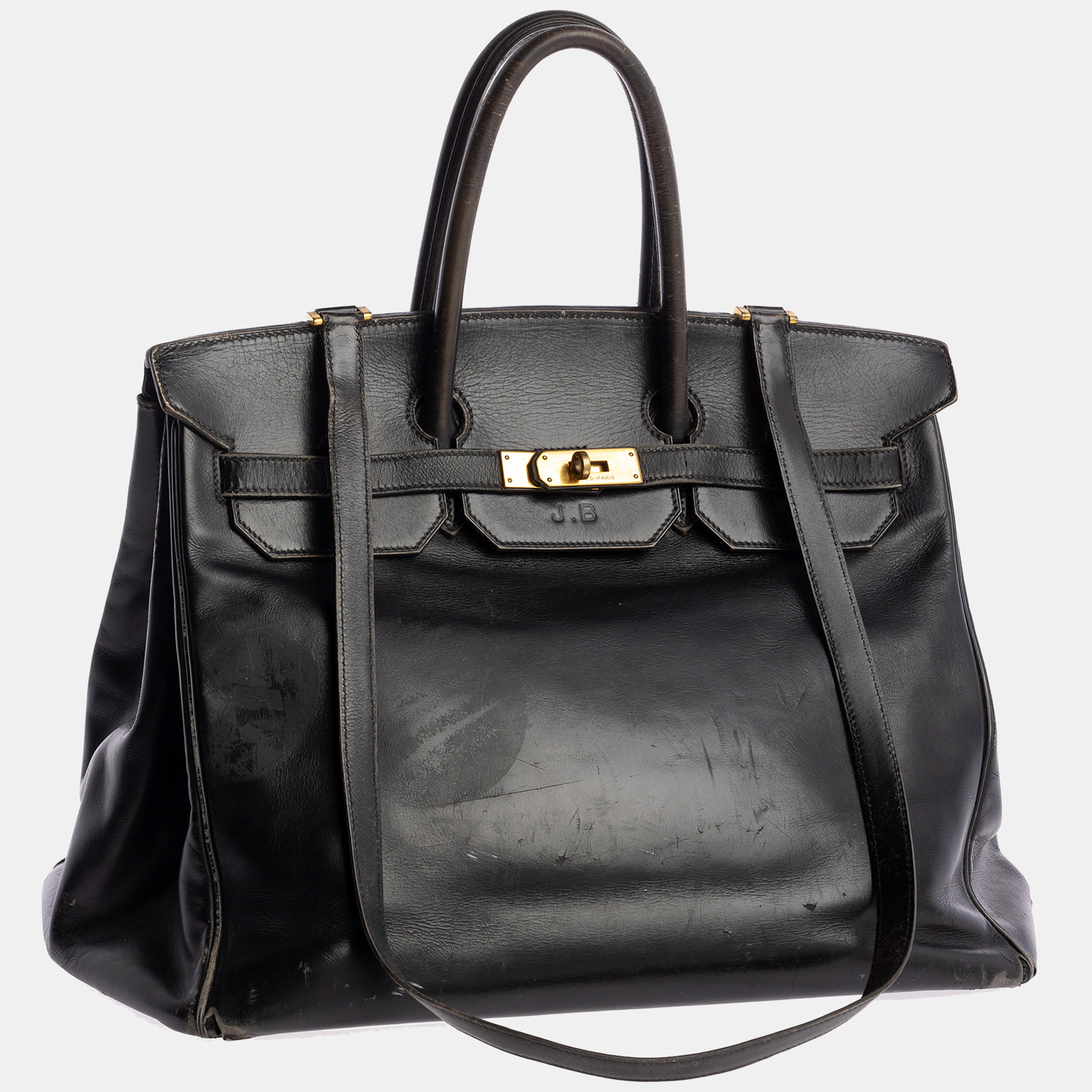
Jane Birkin’s Birkin bag by Hermès, 1984
“This is the very first Birkin bag that was ever made. The story goes that Jane Birkin was on a plane from Paris to London in the 80s and was complaining to the man next to her that she couldn’t find a leather bag she liked. It turns out she was talking to the CEO of Hermès, so they start drawing some ideas on one of those paper [sickness] bags.
“Now, the Birkin is the most recognised and coveted handbag of our time. It’s not easy to get hold of one, because of the price but also because you can’t just walk into a shop and buy one. They fetch crazy prices at auctions and a report found that the value of a Birkin is actually more stable and better-performing than gold.
“The primary function of a bag throughout history was to carry valuables and in this case, the bag became a valuable object in itself. This is, of course, because of the craftsmanship and the quality – it takes many hours for a Birkin to be made and it’s all done by one artisan. But it’s also because of the exclusivity and the celebrity association, which together created the phenomenon of ‘it-bags’.”
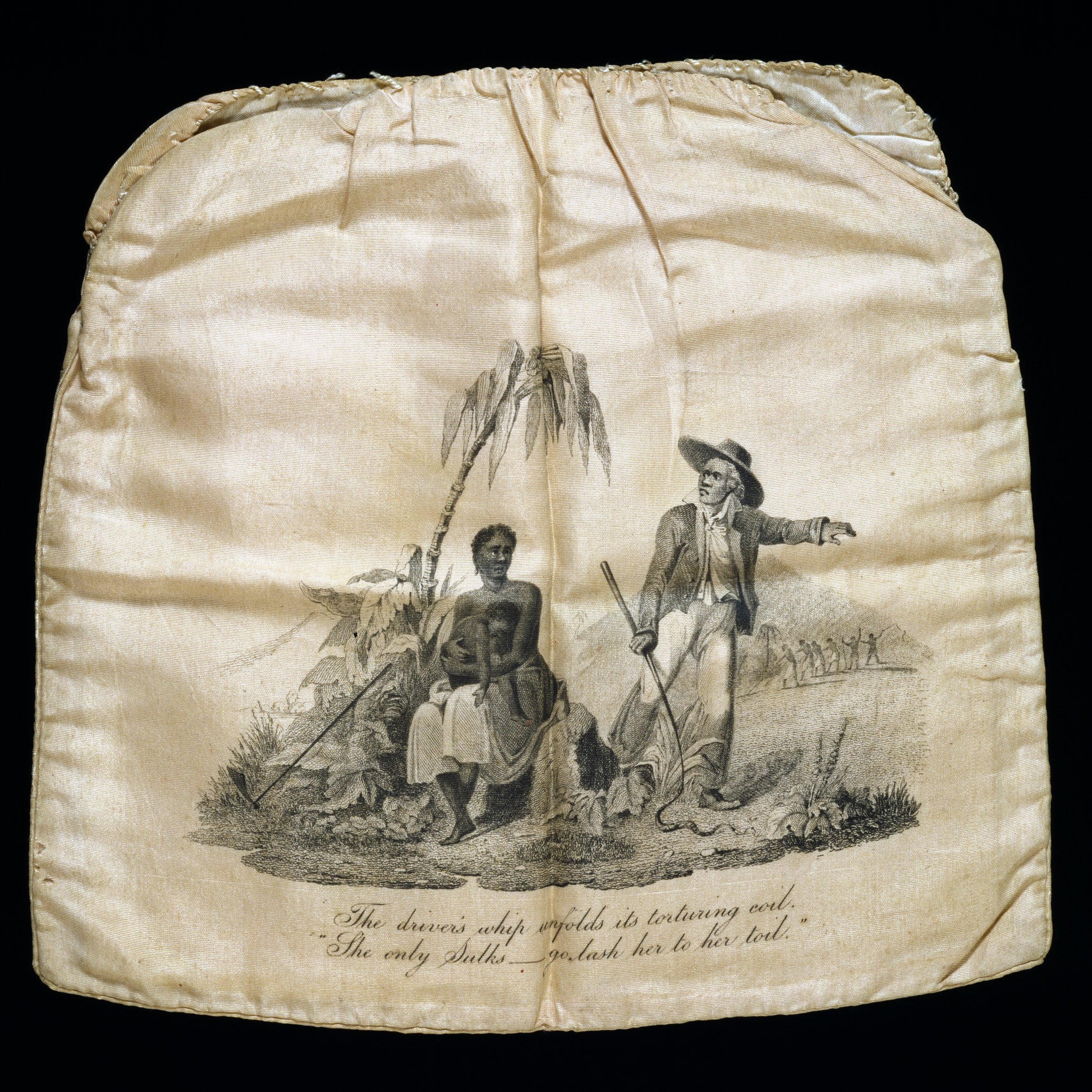
Anti-slavery workbag by Samuel Lines and the Female Society for Birmingham, 1828
“This bag was made by women from the Female Society for Birmingham as part of their campaign to abolish slavery in the British Empire. Printed on the bag is a powerful image of an enslaved woman who is breastfeeding while a man is telling her to go back to work.
“This piece was showcased very much on the body, for everybody to see what these women were advocating for. It was used to carry pamphlets and campaign materials, which they sold alongside the bags to raise money. But also, because it’s a work bag, it was used to carry tools and little items that were used for sewing, so there’s really a double function there.
“What’s interesting about this bag is that we just have the silk part but we don’t have the metal frame and the handles. So it really shows you how these bags were made by this group of women. Not many of them have survived but they exemplify an important function of bags, both historically and today, as a way of showcasing our beliefs.”
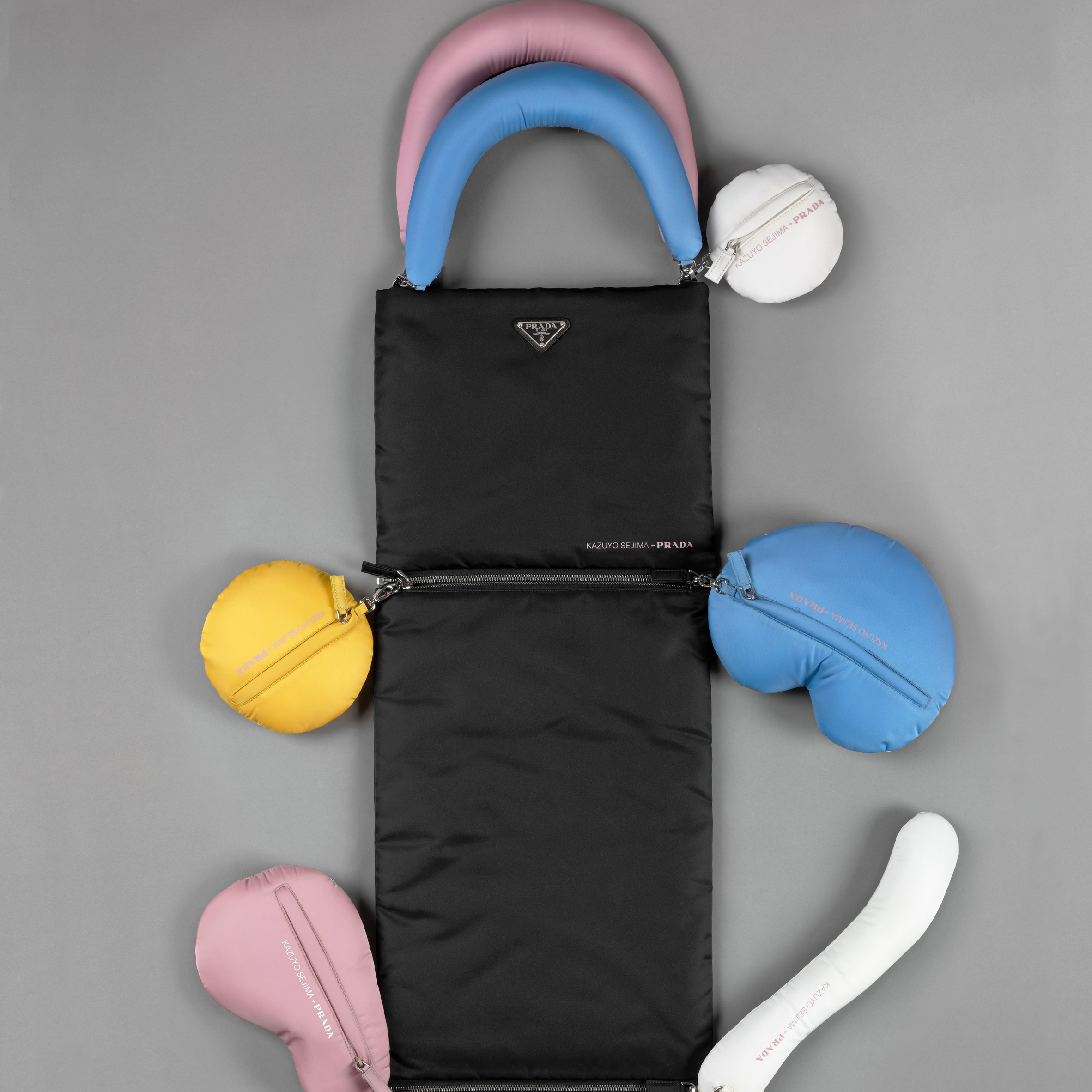
Daln by Kazuyo Sejima for Prada, 2019
“Bags offer fertile soil for experimenting with new ideas and for collaborations between designers, artists and more recently architects. They’re quite sculptural objects with a large surface area, so they’re almost like a blank canvas.
“This collaboration is part of a collection called Prada Invites, where the brand recruited four female architects to reinvent its iconic nylon bag. Prada is a historic fashion house that started in 1913 as a leather luggage maker. But when Miuccia Prada took the helm of the company in the 80s, she introduced this very new material that you normally wouldn’t associate with luxury and redefined it.”
“Kazuyo Sejima‘s interpretation of the bag really gives the freedom to the wearer to reinvent the bag every time – you can un-zip some parts, make it longer or shorter. And you can add all these colourful, detachable pouches and pockets with soft shapes that contrast with the black, square body of the bag.”
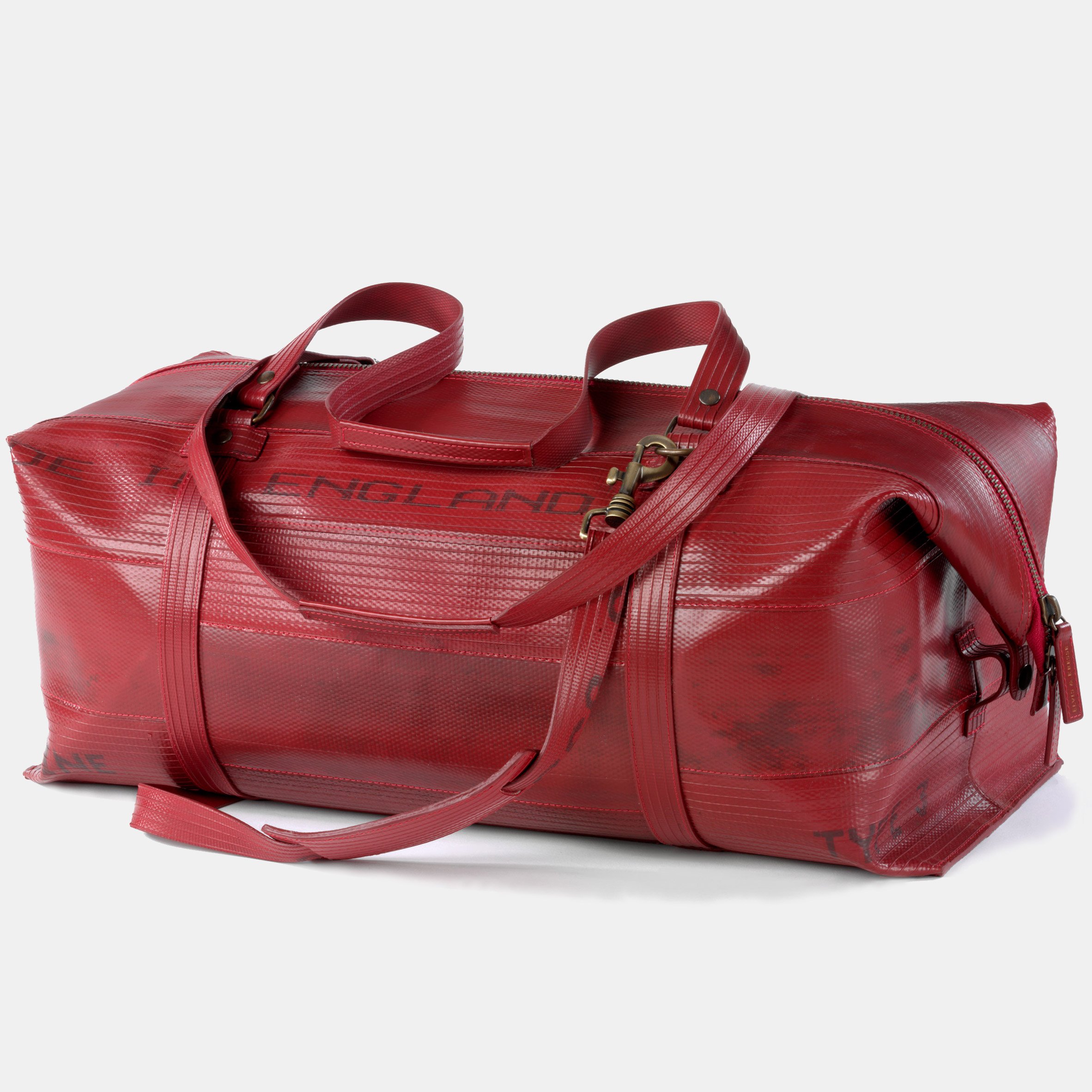
Weekend bag by Elvis and Kresse, 2019
“More and more, we’re seeing brands try to work with materials that are not exploiting the natural world and not creating too much waste. But this brand, Elvis and Kresse, has been doing it for years and decades.
“They saw that fire hoses, once they reached the end of their life, were just ending up in landfill. So they started to produce accessories out of them, using the material almost as if it was leather and fabricating the bags using similar machinery.
“First, the hose gets washed and then it’s cut in half. It has two surfaces, a smooth and a dimpled one, and they combine these to create the designs. The lining is made out of parachute silk or old auction banners and everything from the packaging to the labels is made from rescued materials.”
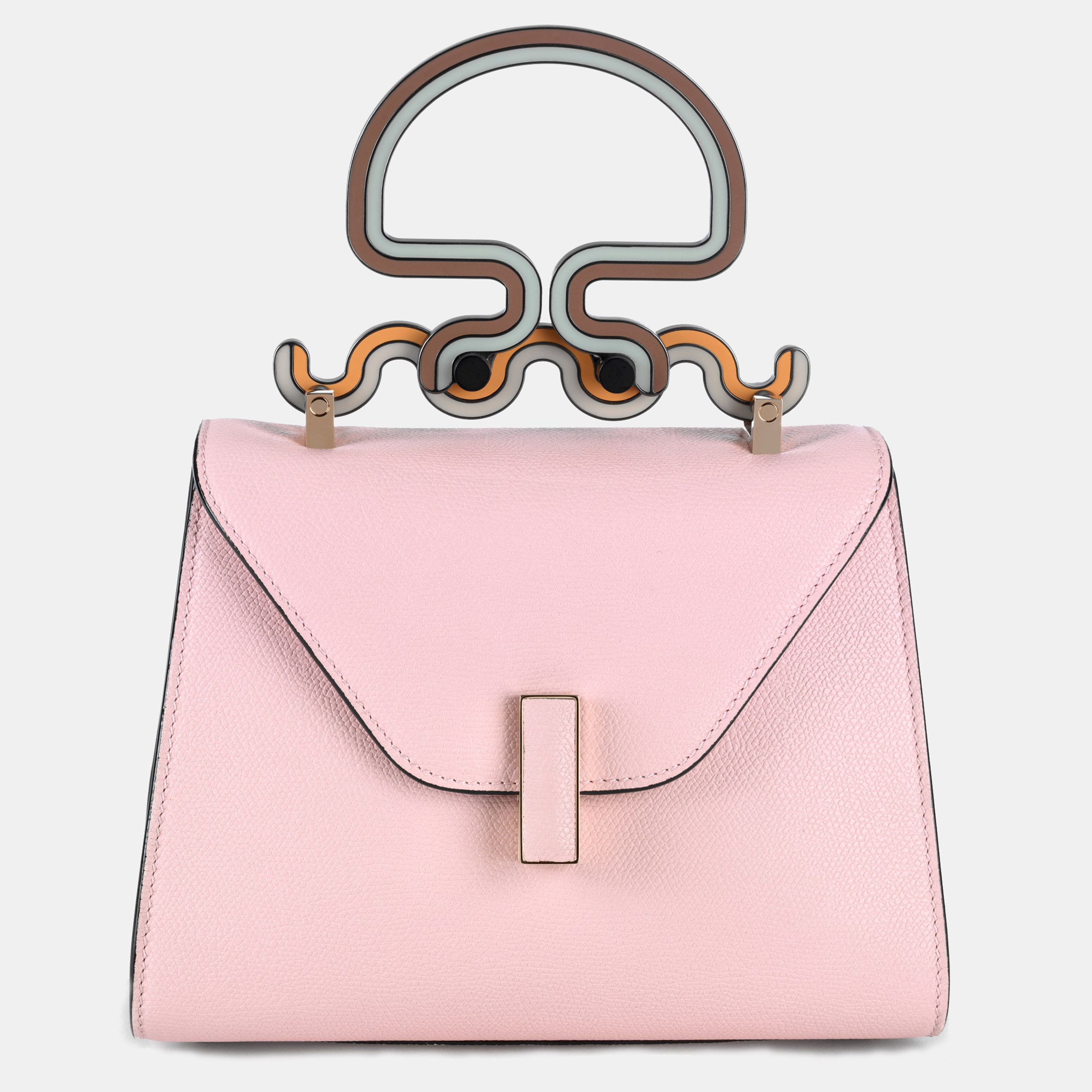
Iside Toothpaste bag by Bethan Laura Wood for Valextra, 2018
“Normally, Valextra‘s bags are quite severe. They’re very simple, very structured bags, but with the intervention of British designer Bethan Laura Wood on the handles and the addition of this sinuous, toothpaste-like hardware, the bag almost becomes a completely different object.
“She was inspired by the linework of [Scottish artist] Eduardo Paolozzi and the piping along the side of the Valextra bag, where the leathers is inked to finish the seams. And I really enjoyed the idea of playing with that line and the fact that she intervenes on the hardware but not on the leather, which is a very interesting way of thinking about bags.
“Working with a designer who normally maybe doesn’t work on leather or hardware and has never worked on bags, I think it does bring a completely different perspective. It challenges the makers and it creates almost like wearable pieces of art.”
Bags: Inside Out is on show at the V&A in London until 12 September 2021. See Dezeen Events Guide for an up-to-date list of architecture and design events taking place around the world.
The post V&A curator picks five highlights from Bags: Inside Out exhibition appeared first on Dezeen.
